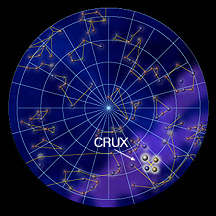The Constellation Crux, the Southern Cross
Click on image for full size
Crux - The Southern Cross
If you live in the Southern hemisphere, or if you are vacationing in
someplace like Hawaii, you can see a small but beautiful constellation
with the shape of a cross. Its name is Crux and it is located very close
to the constellation of
Centaurus.
The brightest star in Crux is called Acrux. Acrux is really two stars
going around (orbitting!) each other, but they are so far away that we
see them as one star.
Explorers of the Southern hemisphere used Crux to guide them when
sailing. By looking at Crux, they could figure out in which direction
to sail without getting lost.
You might also be interested in:

What types of instructional experiences help K-8 students learn science with understanding? What do science educators teachers, teacher leaders, science specialists, professional development staff, curriculum designers, school administrators need to know to create and support such experiences?
...more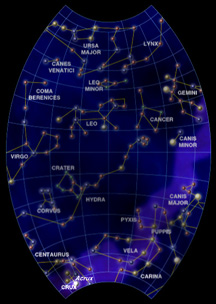
What's in a Name: Combination of the Greek letter alpha and the name of the constellation. Claim to Fame: Marks the foot of the Southern Cross. Type of Star: Blue-white Subgiant How Far Away: 200 light
...more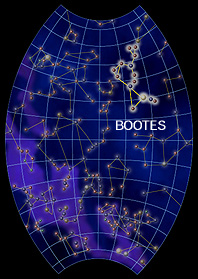
Bootes, the herdsman, rides through the sky during the late Spring and early Summer. Bootes is fun to look at because it has the shape of a kite, with the bright star Arcturus at the point of the kite
...more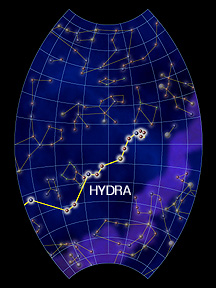
Hydra, the sea serpent, may be the longest and largest of all constellations, but its stars are very faint. It is so long that four constellations run along its northern side. These are Cancer, Leo, Virgo
...more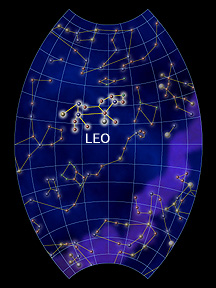
Leo, the lion, is easy to find because his head looks like a backward question mark with the bright star Regulus at the bottom. Regulus, Leo's brightest star, means "little king" in Latin. This star is
...more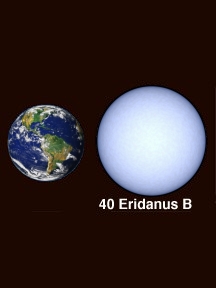
What's in a Name: Star designated 40 in the constellation Eridanus. Claim to Fame: One of the first white dwarfs found. A white dwarf is the exposed extremely hot core of a star that has blown off its
...more
What's in a Name: Double Star designated 61 in Cygnus the Swan Claim to Fame: Some of the closest stars to the sun(13th closest). Moving very rapidly through space as seen from Earth at a rate of ~45,
...more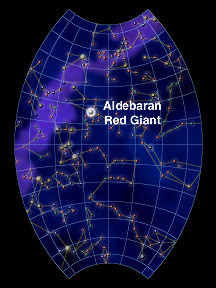
What's in a Name: Arabic for "Follower" because it rises after the Pleiades. The Pleiades is a group of 6 stars traveling together through space. The eye of the constellation Taurus, the bull. Claim to
...more


